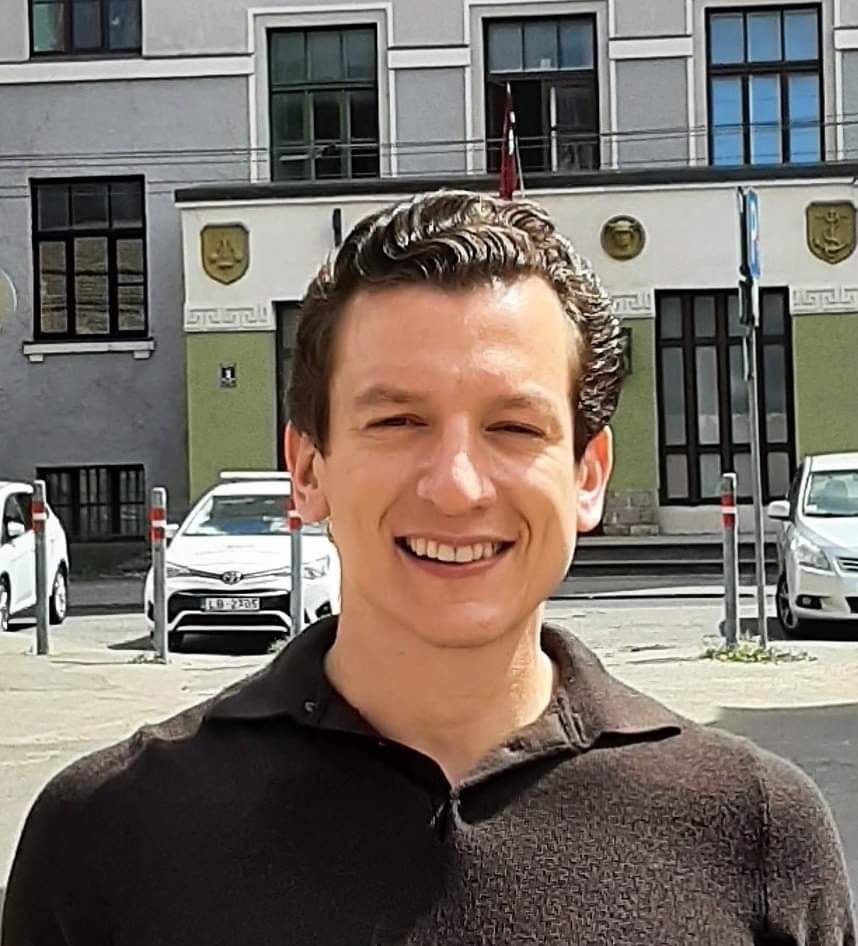
The profession of the architect holds great responsibility towards the citizens of our cities. After a century of denial, we are starting to recognize again that experiencing beauty and pleasure from our environment is one of the fundamental elements of a good life. This denial has been caused, among others, by many deficits in architectural education, led by authority figures spreading ideas that were not based on a deep understanding of human beings, but rather on futuristic, mechanistic visions.
Because of this, topics like aesthetics or theory of proportions and forms have been mostly abandoned, or in the case of architectural psychology, not even adopted in the first place. The knowledge of building with natural, local materials while still adhering to modern requirements and regulations, has met a similar fate. Added to that, a credo of “form follows function” has been the leading idea of modern architecture for a long time, neglecting that buildings don’t only have technical functions, but emotional ones too.








